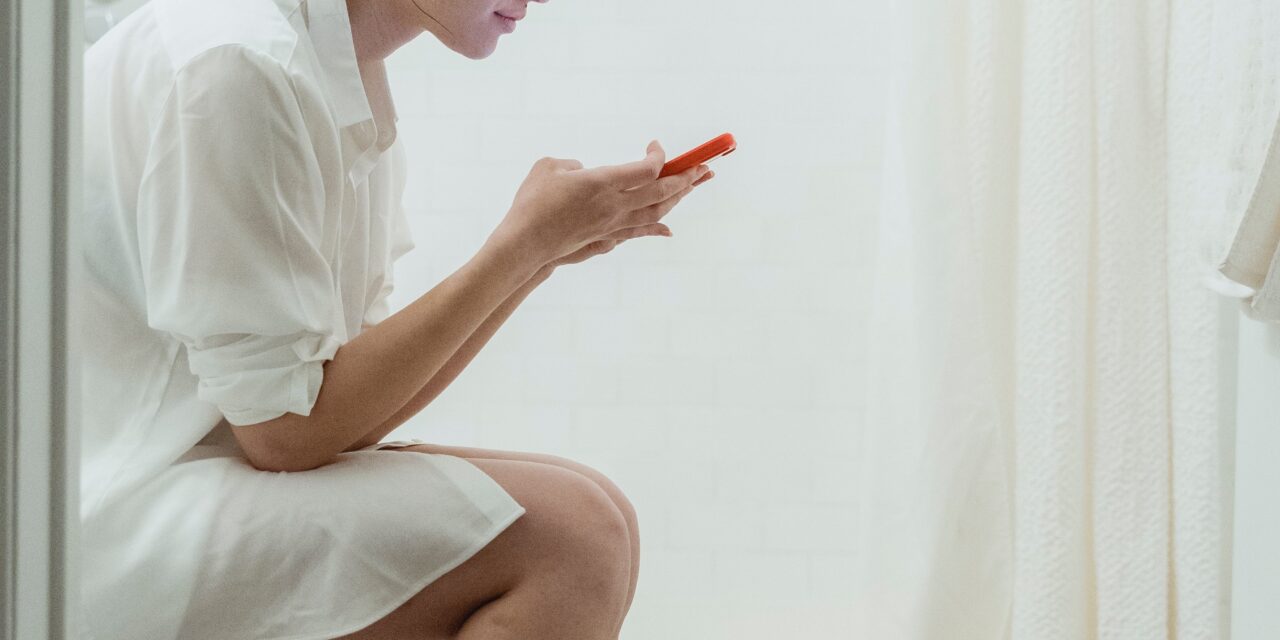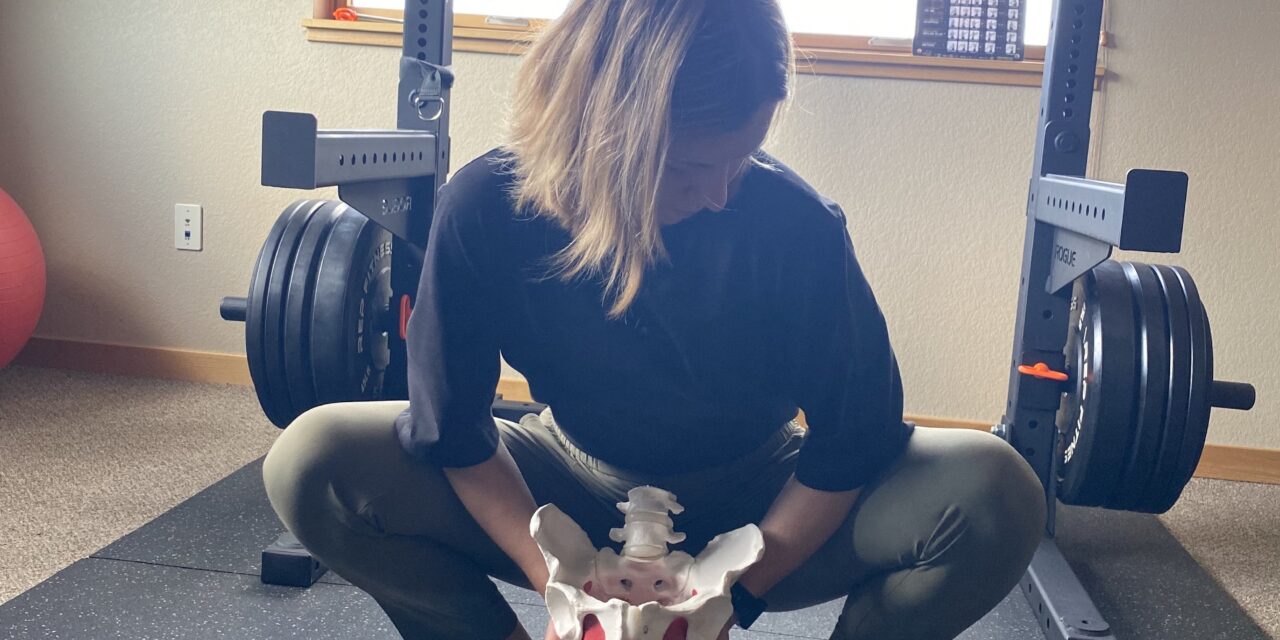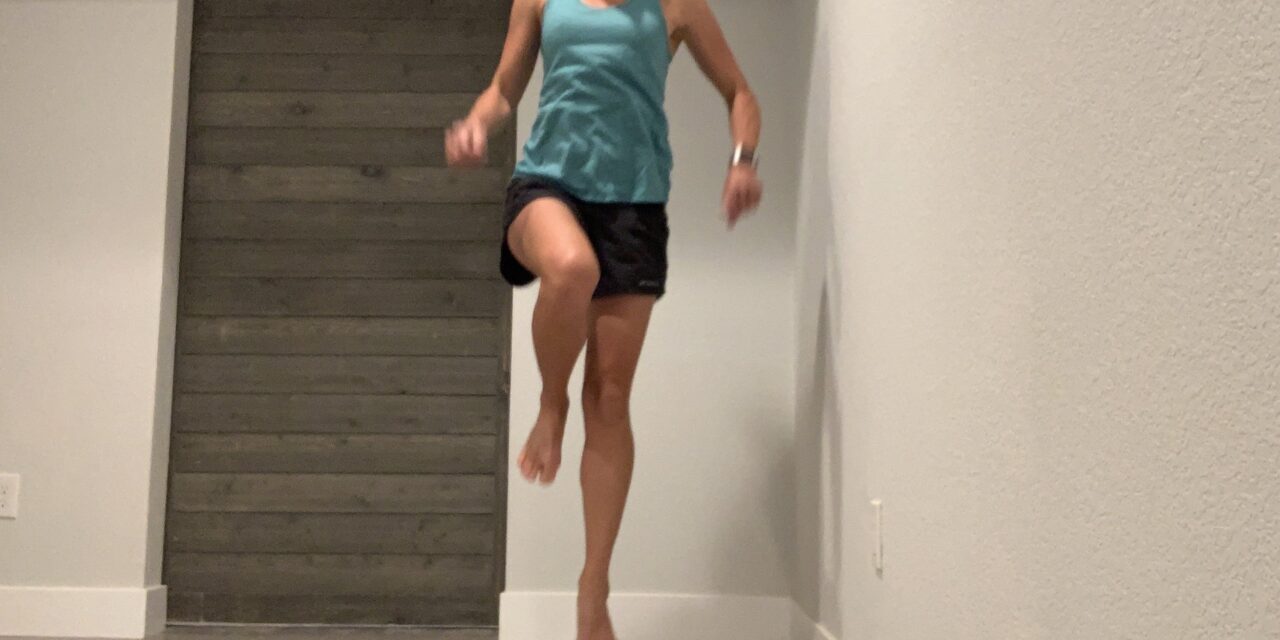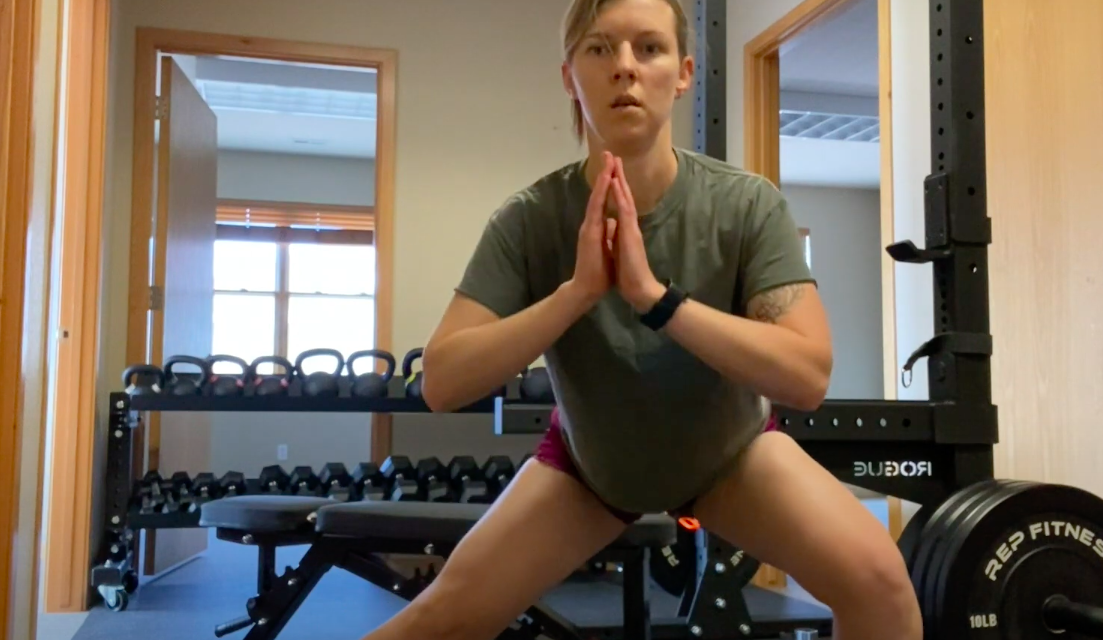How Your Physical Therapist Can Provide Anal Fissure Treatments and Reduce Recurrence
Bowel movements are a part of our normal routine, but painful bowel movements don’t have to be. A common cause of painful bowel elimination is anal fissures. These tiny tears in the anal canal are quite common and have a significant impact on quality of life. Among patients studied in a 2014 cohort, prevelance of...










